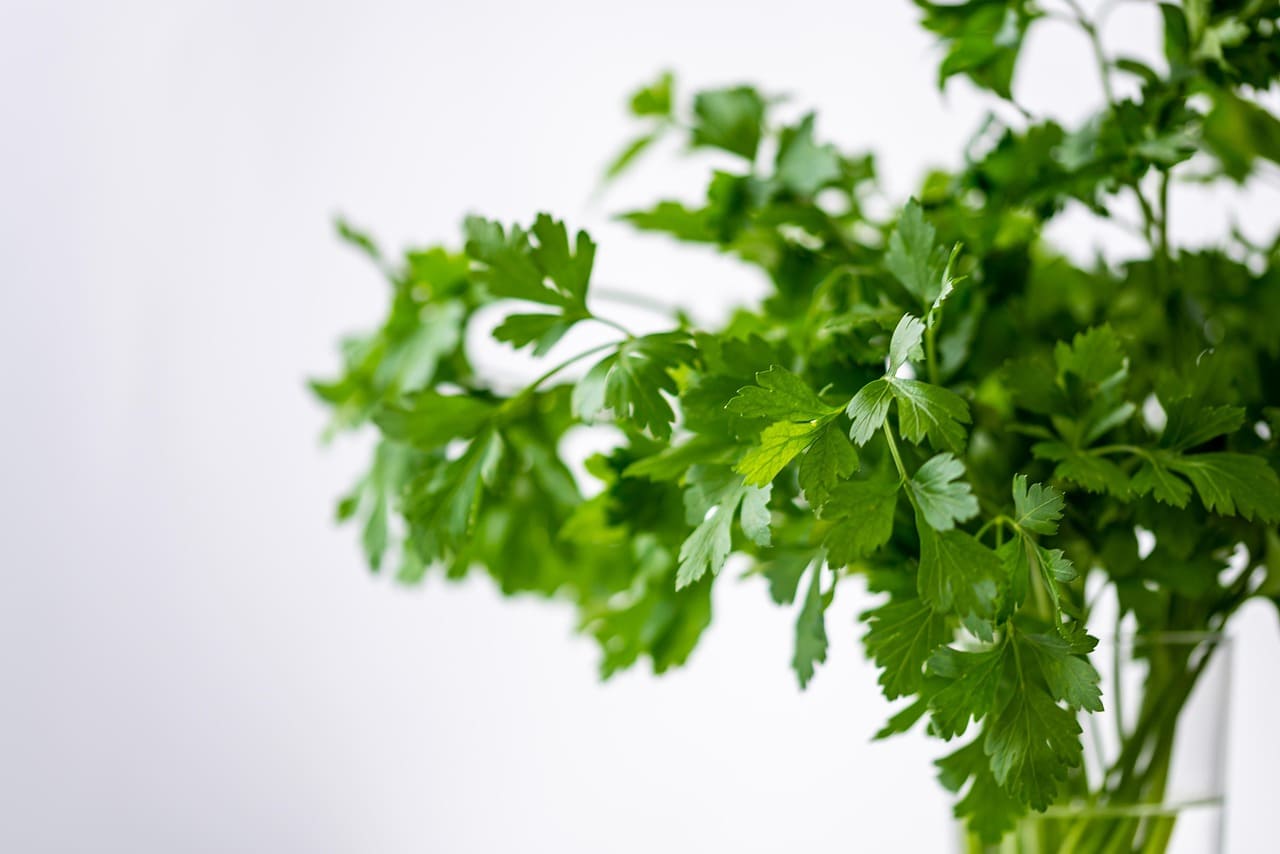Herbs have a way of bringing life to our kitchens, our gardens, and even our teacups. They’re small but mighty, packed with flavor, history, and healing properties that have been cherished for centuries. This blog is dedicated to exploring that world — the world of green leaves, fragrant blossoms, and earthy roots that can transform the way we cook, sip, and live.
What makes herbs so captivating is how each one tells its own story. Take anise star, for example. Known for its distinct licorice-like flavor, it’s been a beloved spice in both culinary traditions and herbal remedies for generations. Its warm, sweet aroma can elevate a simple tea or add depth to savory dishes, making it a perfect example of how an herb can be both flavorful and functional.
And then there are herbs that often fly under the radar but are just as fascinating, like skullcap. Traditionally used in calming teas and tinctures, skullcap brings a sense of tranquility to the world of herbal medicine. It reminds us that herbs aren’t just about taste — they also connect us to centuries-old practices of wellness and self-care.
Of course, herbs also belong in the heart of the kitchen. Think about the fresh, feathery leaves of dill, so often paired with fish, potatoes, or pickles. Its bright, tangy flavor signals the arrival of spring and summer, a reminder of how closely herbs are tied to the seasons and the land around us.
Then there’s the soothing ritual of brewing mullein tea. With its gentle, earthy flavor and long history in traditional remedies, mullein tea represents the softer side of herbs — the kind that nurtures and comforts on a quiet evening. Similarly, stinging nettle, though it may sound intimidating, has been enjoyed for centuries in teas and soups, loved for its earthy flavor and nutritional value once prepared properly. These herbs remind us that sometimes the most unexpected plants can offer the greatest rewards.
The herbal world is also full of color and fragrance. Take calendula, with its bright golden petals that seem to capture sunshine itself. Often used in teas, oils, and natural skincare, it shows us how herbs can be as beautiful as they are practical. Meanwhile, the gentle citrusy scent of lemon balm tea can lift your spirits after a long day, turning a simple cup of tea into a calming ritual that soothes the senses.
And then there’s creeping thyme, a plant that covers the ground like a soft, fragrant carpet while offering tiny leaves bursting with flavor. Gardeners love it for its beauty and resilience, while cooks adore it for the way it enhances everything from roasted vegetables to rustic breads.
Of course, some herbs are kitchen staples we couldn’t imagine cooking without. Cilantro, with its bold, fresh flavor, adds brightness to salsas, curries, and countless other dishes from around the world. And chives, with their delicate onion-like taste, bring the perfect finishing touch to everything from salads to baked potatoes.
This blog will celebrate all of these herbs — the familiar and the unfamiliar, the culinary and the medicinal, the ones we sprinkle over dinner and the ones we steep in teapots on quiet afternoons. We’ll explore how to grow them, cook with them, and use them in ways that bring both flavor and wellness into our lives.
But more than that, this space is about curiosity and connection. Herbs connect us to nature, to tradition, and to the simple pleasures of slowing down and savoring the moment. Whether it’s a cup of lemon balm tea on a rainy day, the earthy aroma of stinging nettle simmering on the stove, or the burst of cilantro over a summer salad, herbs invite us to enjoy life’s small but meaningful flavors.
So, as we begin this journey together, prepare to discover old favorites in new ways and meet herbs you’ve never tried before. From the garden to the kitchen to the teacup, there’s a whole world waiting for us — one leaf, one sip, and one story at a time.

